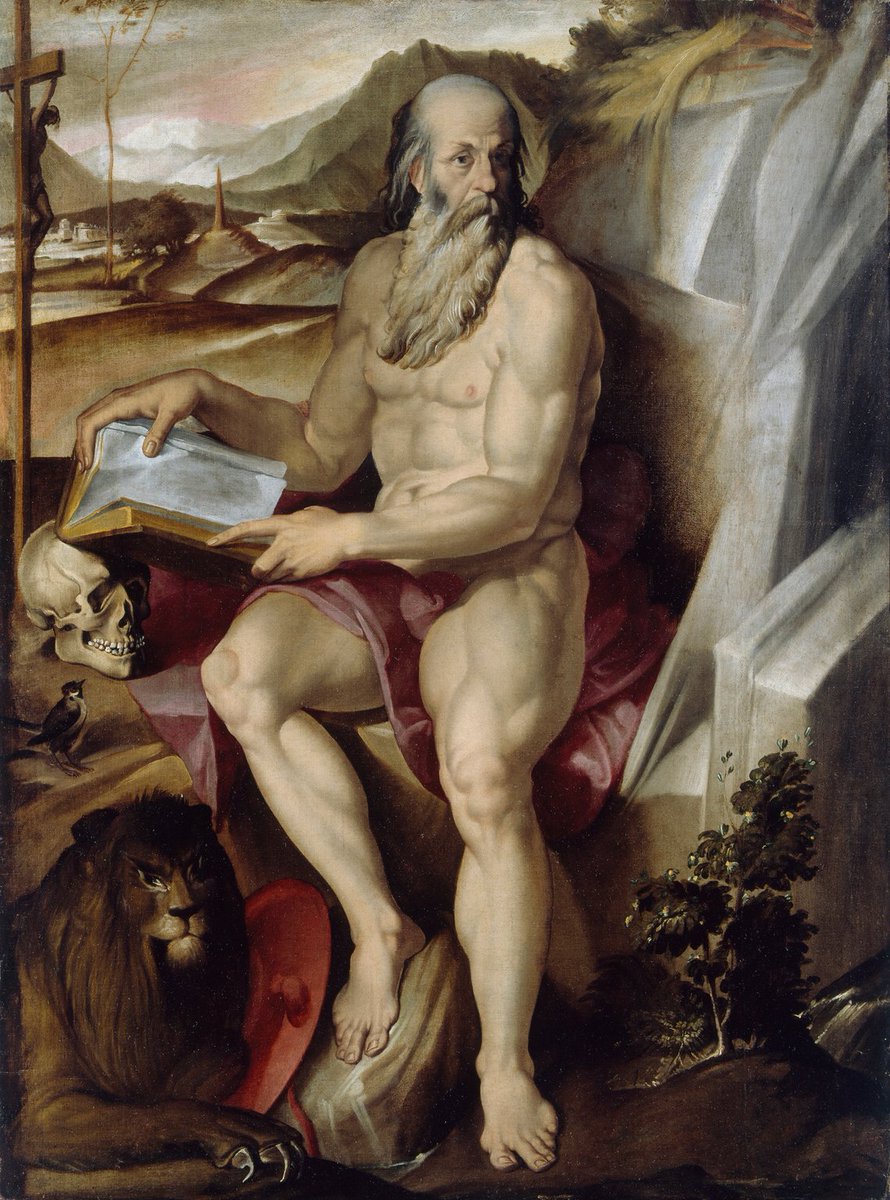#NationalGalleryIRL #ArtEasterEggs

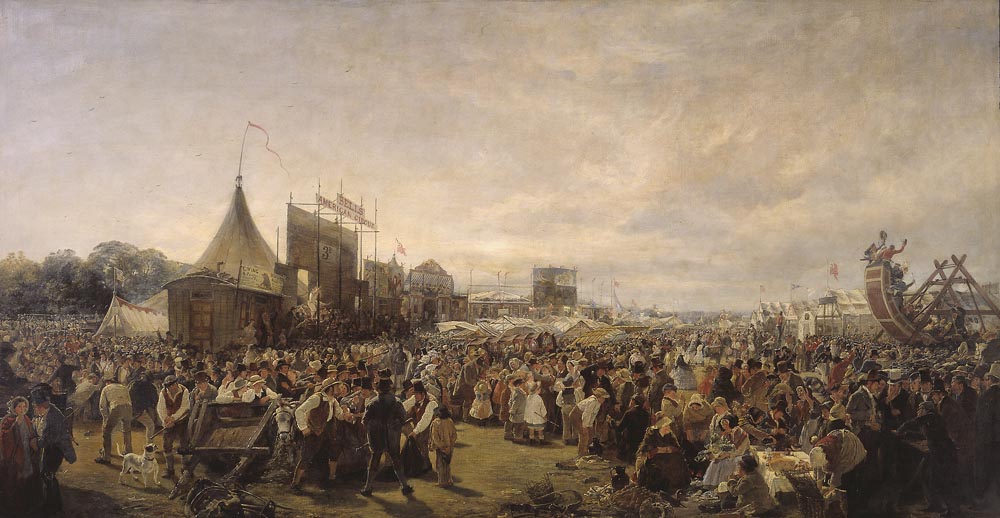
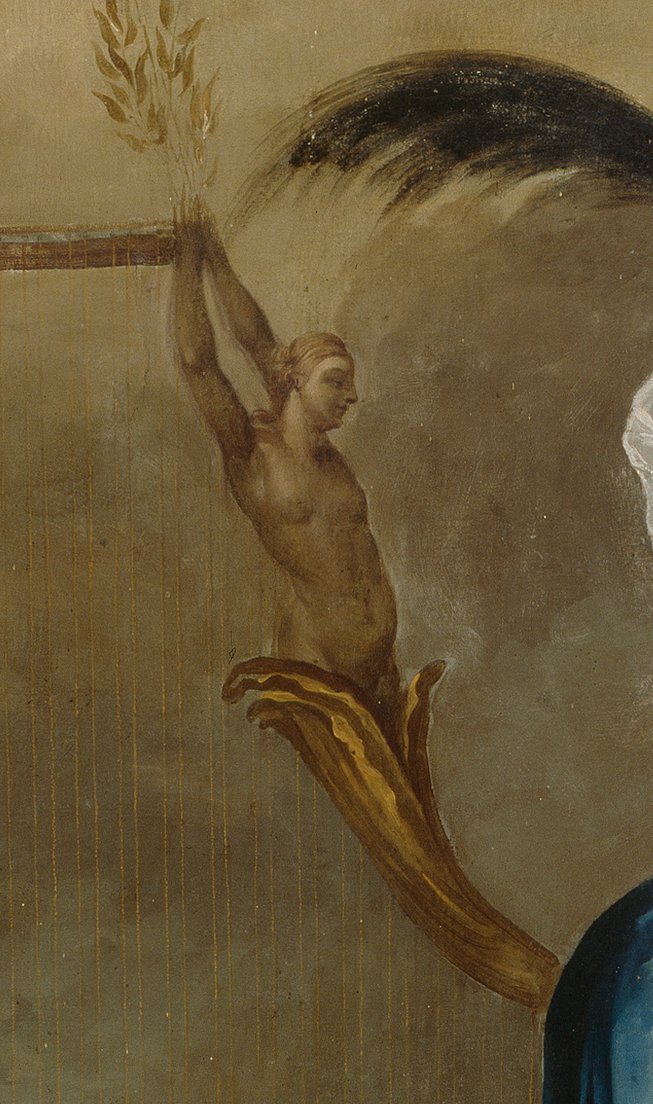
However, in our portrait, the carved figure (Jervas) looks directly at the figure of Lady Bridgewater.
#HiddenSecrets
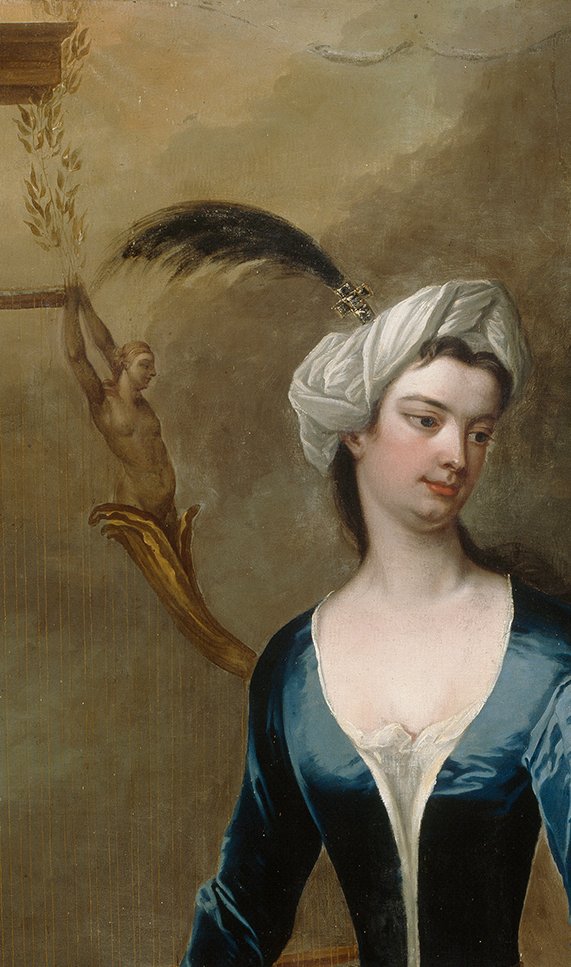
This painting on a wood panel is by Marco Palmezzano and dates to 1513.
onlinecollection.nationalgallery.ie/objects/1937/t…
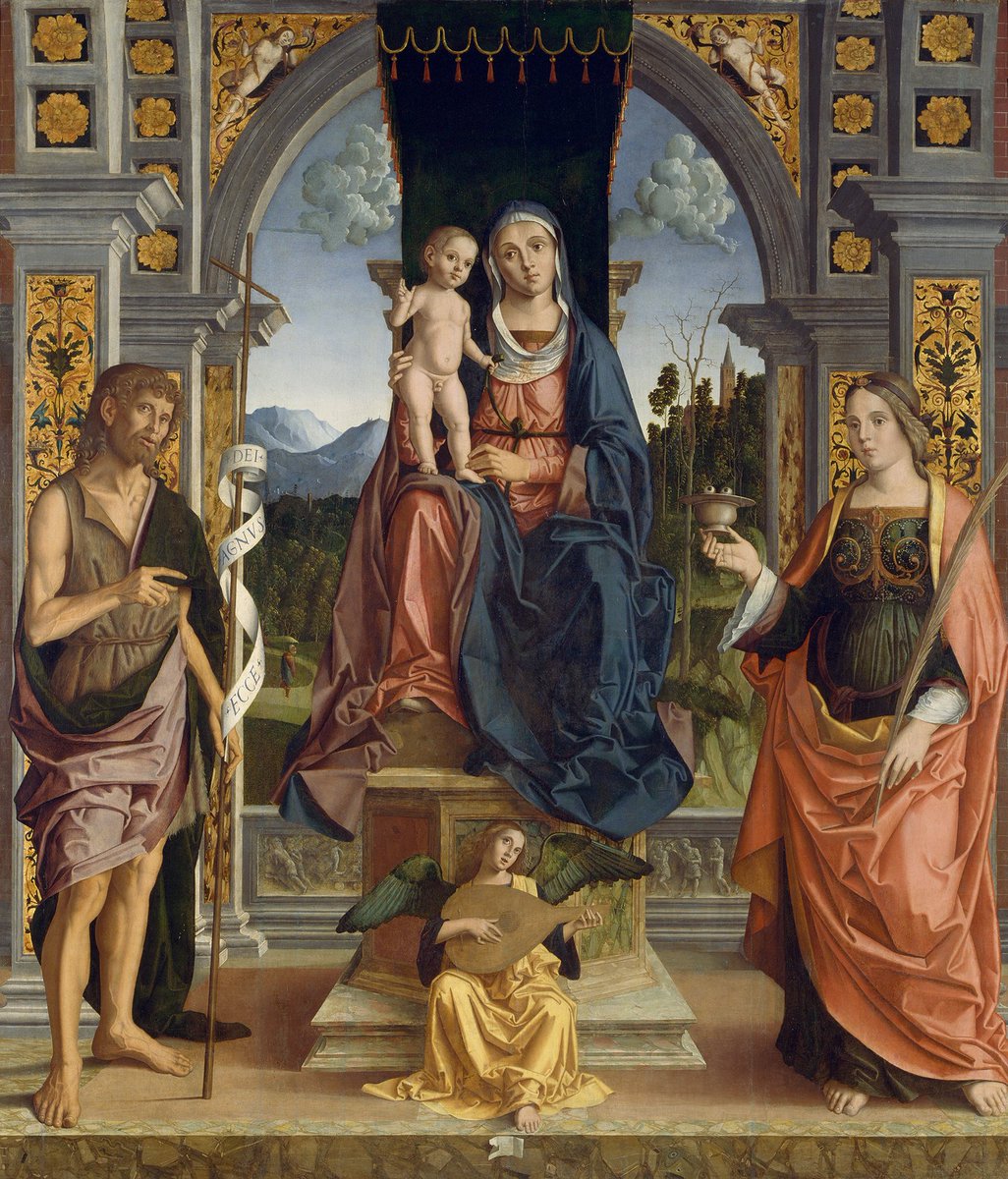
Saint Stephen was the first martyr - he holds the palm of martyrdom in his left hand, and on his bloodied head rests a stone, which indicates the method of his martyrdom.
onlinecollection.nationalgallery.ie/objects/3246/t…
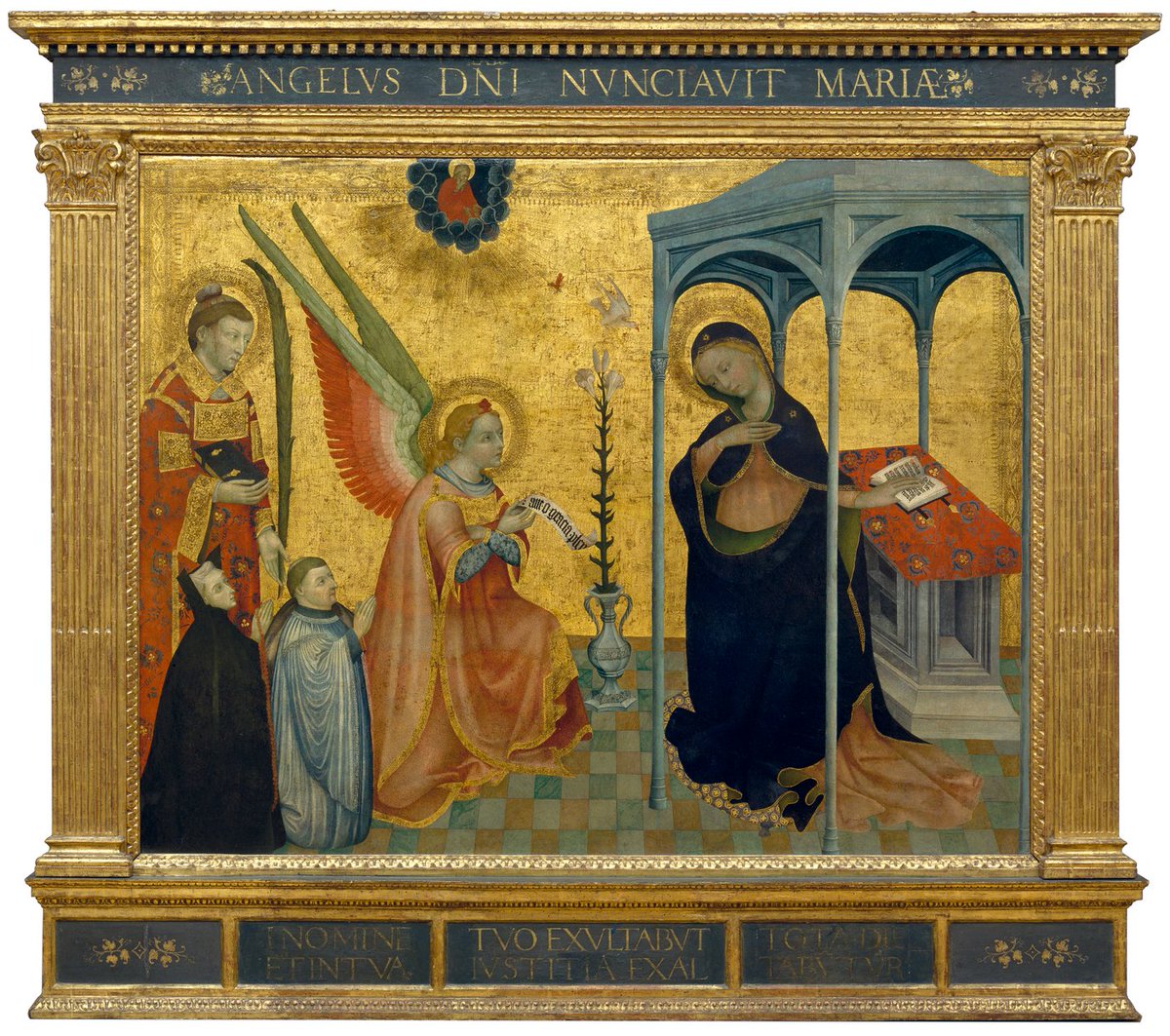
Warning: he does not always appear in paintings looking as buff as this, so do not use that as an identifier! However you will recognise him by the inclusion of a lion, and very often a skull.
onlinecollection.nationalgallery.ie/objects/4289/s…
